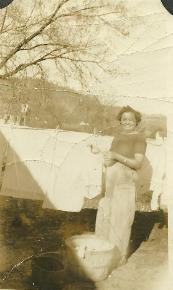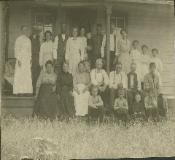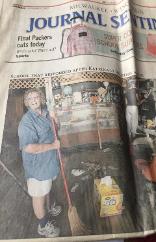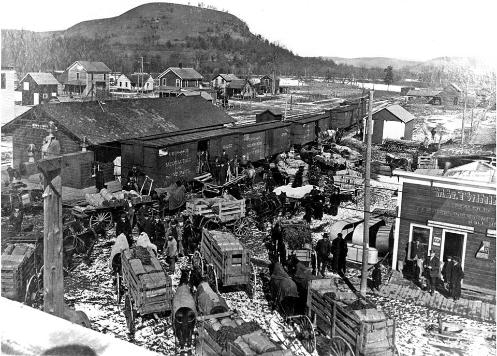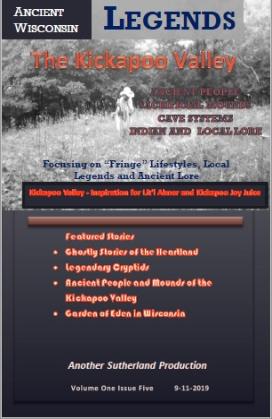
Gays Mills Wisconsin- The Town too Tough to Die
In the Heart of the Kickapoo Valley
In Remembrance of those now passed and the stories they left behind. May they and
their stories never be forgotten.
Mary L. Coleman Sutherland
HOME PAGE
In the Heart of the Kickapoo Valley
In Remembrance of those now passed and the stories they left behind. May they and
their stories never be forgotten.
Mary L. Coleman Sutherland
HOME PAGE
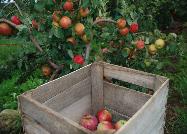
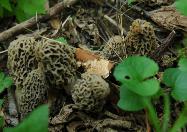
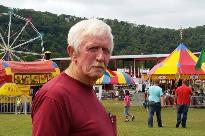
| Dorothy Callaway Coleman The Good Ol' Days. Said to have had the whitest sheets in town. Click photo for enlargement |
| Coleman Family Get together click photo for enlargement |
| Flood Cleanup Darleen Johnson Click photo for enlargement |
Old Gays Mills when the railroad used to go through. Old Baldy in the background.
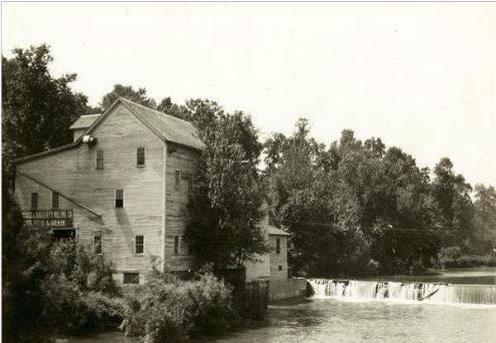
| The Old Flour Mill in Gays Mills, owned by the two Gays brothers who the town and mill was named after. great fishing on this side of the Kickapoo River up near the dam. A lot of nice Northern Pike have been pulled out here. The mill has burned down now but the foundation still remains. Photo credit facebook.com/groups/1422006534772826/ |
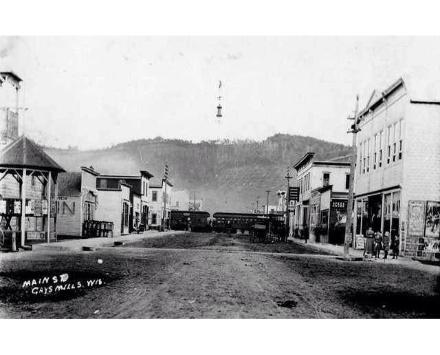
| Gays Mills, The town to tough to Die. Gays Mills Main Street with the old train going through. I believe the name of the train was coined 'The Old Stump Dodger'. Just like most of these towns, when the train ceased to run, people moved elsewhere and the town pretty much died out...except for the few families that still continue to live their . The main industry today are the apple orchards |
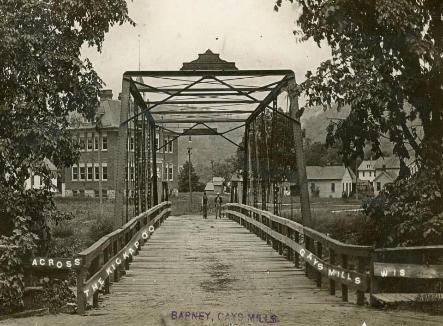
| Photo of the Old wooden bridge that crossed over the Kickapoo River. On the other side of the bridge you see the four classroom brick school house. Both the bridge and school have been torn down and replaced . |
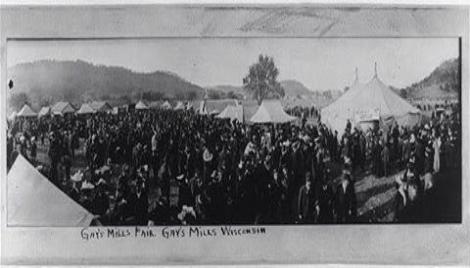
| Gays Mills was considered at one time the heart of Crawford County. Being so, the Crawford County fair was held in this town every year. While not as large as it used to be, these fairs continue every year. I think we all have great memories of these 'fair days'. |
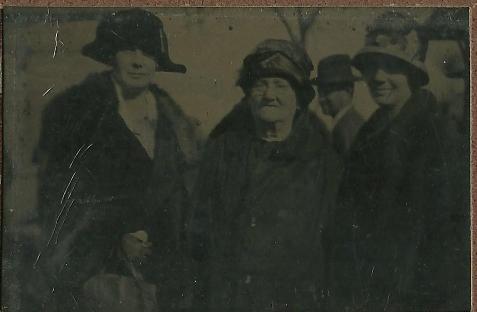
| All dressed up for the Crawford County Fair, these three lovely Callaway women had their picture taken there. |
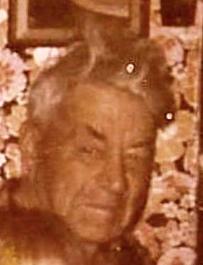
Here is a blast from the past.
How many of you remember
picking apples at Kegals Apple
Orchard and Frank's Orchard
under this orchard boss Sam
Briggs.
How many of you remember
picking apples at Kegals Apple
Orchard and Frank's Orchard
under this orchard boss Sam
Briggs.
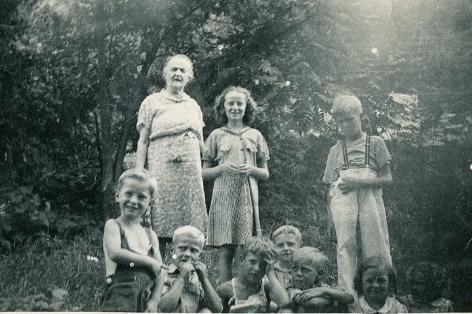
| This is the Coleman Family. Unfortunately I don't have the names of any in the group but would love to give you names if any recognizes the faces. From Coleman family album |
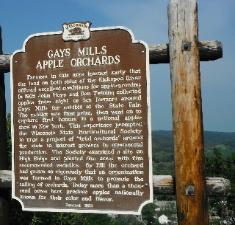
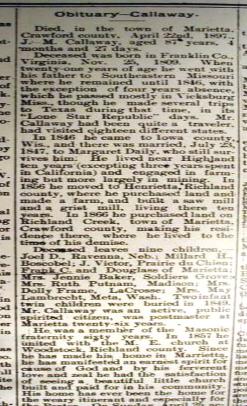
| Did you know that the Kickapoo Valley was the inspiration for the classical show 'Lit'l Abner'. Click the window below and watch a Litl Abner show .Also Home of Kickapoo Joy Juice I learned about the Litl Abner story from a professor of etymology (the study of the origin of words) from the University of Chicago. He shared with me that he could always tell a person from the Kickapoo Valley, because it was the only place where their 'slang'and traditions matches the slang and traditions of the 'Ozarks'. He continued by telling me that most people think the Litl Abner comics was inspired by the 'Ozarks'... Not true...it was inspired by the people of the Kickapoo Valley. Still carried on through the 60's, Gays Mills still celebrated Sadie Hawkins Day. For you that are not in the know about this here is the dictionary description " It is an American folk event and pseudo-holiday originated by Al Capp's classic hillbilly comic strip Li'l Abner (1934–1978). This inspired real-world Sadie Hawkins events, the premise of which is that women ask men for a date or dancing. |
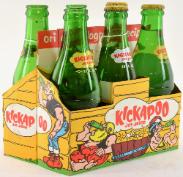
| Purchase your e-magazine featuring The Kickapoo Valley at burlingtonnews.net/Legends.html |
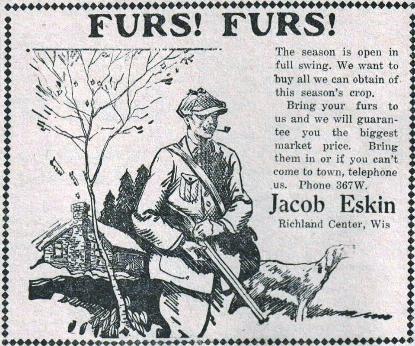
'Valley People' and 'Ridge Runners' alike depended on the fur trade.
Men boosted their income by trapping, skinning and stretching the fur, later to be sold to local fur buyers. One good thing about a cold and harsh winter was for the making of
thicker fur which brought in a better price.
Another source of income was ginseng hunting. Hunters were very tight lipped when it came to sharing locations of the highly valuable root.
Morel Mushrooms are abundant in the area and just about everyone in and around the Kickapoo Valley spent time out in the woods picking them. Some picked and sold them
during the Morel Mushroom Festival at Muscoda, while others chose just to save them for the family, eating the first batches then freezing or drying them for special occasions.
Not only are the morel mushrooms abundant in the area, but so are rattlesnakes. Some of the more adventurous men hunted the snakes and sold them to buyers for their skin
and meat.
Men boosted their income by trapping, skinning and stretching the fur, later to be sold to local fur buyers. One good thing about a cold and harsh winter was for the making of
thicker fur which brought in a better price.
Another source of income was ginseng hunting. Hunters were very tight lipped when it came to sharing locations of the highly valuable root.
Morel Mushrooms are abundant in the area and just about everyone in and around the Kickapoo Valley spent time out in the woods picking them. Some picked and sold them
during the Morel Mushroom Festival at Muscoda, while others chose just to save them for the family, eating the first batches then freezing or drying them for special occasions.
Not only are the morel mushrooms abundant in the area, but so are rattlesnakes. Some of the more adventurous men hunted the snakes and sold them to buyers for their skin
and meat.
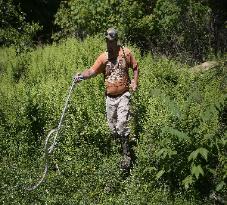
| Rattlesnake Hunters of the Kickapoo Toni Brownie Moodie writes; The only rattlesnake that I saw were when the snake catchers (don't remember who they were) did their annual snake hunt up in the hills. They would come to Bell Center in their pickup trucks with sacks full of snakes. I remember one summer day my cousin, Hope Kennist and I, decided to go down to the old river bridge and fish. It was a hot day and we got there and I climbed over the old barb wire fence and got on the other side and looked down toward the bank of the river and that river bank was full, and I mean full, of snakes that had come out of the hills to cool off. It didn't take me but a second to make it back over that fence. Never went fishing again! (From my memory one was Junior Giddings and another Pat Burns. My father Jim Coleman and his brother George used to hunt them as well and I am sure there were a few more. I remember one time my dad showed me a large rattlesnake den outside of Gays Mills, in the hill across from the Fairgrounds. From what he told me, in yesteryears the local Indians used to mine there for lead. The women would be in the mine mining the lead, then it would be given to the men above ground who would carry the loads on their backs, over the hill to a location on the Mississippi River where they met up with the white man who then shipped it down river. The mine was shut down because of a cave-in that caused the death of the women working below. Being a superstitious lot, the Indians refused to go back into the mine. The mine was never re-opened. Mary Sutherland |


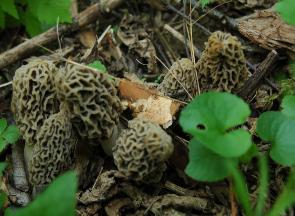
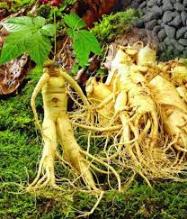
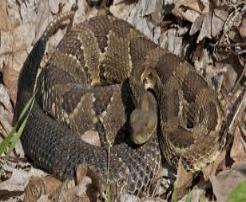
Gays Mills...Apple Capital of the World
The apple orchards, above the town, is the chief industry for
Gays Mills. My favorites were and are the Macintosh and none
are better than what you purchase from the Kickapoo Orchards!
The apple orchards, above the town, is the chief industry for
Gays Mills. My favorites were and are the Macintosh and none
are better than what you purchase from the Kickapoo Orchards!
| Logging was and still is another industry for Gays Mills . What is now the pioneer park used to be Gays Mills Saw Mill. Long gone, but for some not forgotten. The following photo is from Richland Center, but the picture gives you an idea of the timber business in that area. |
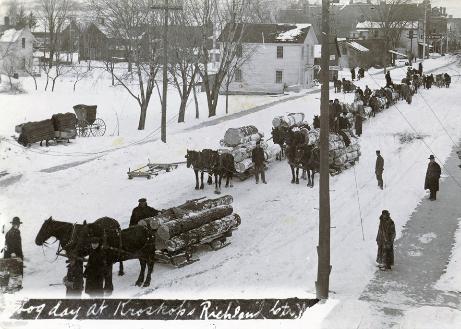

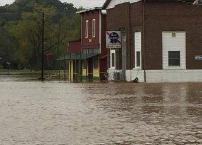
Flooding is an annual event in the
Kickapoo Valley. Here you see
main street flooded . The old
Fortney Hardware Building can be
seen to the west of the bar.
Photo by Cheryl Lasse Meyers
Kickapoo Valley. Here you see
main street flooded . The old
Fortney Hardware Building can be
seen to the west of the bar.
Photo by Cheryl Lasse Meyers
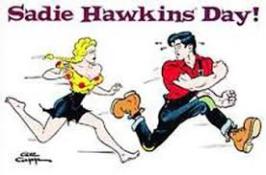
| In Search of Ancient Copper Culture and Mound Builders with Brad and Mary Sutherland Rock Lake Rock Lake 2 Rock Lake 4 Canary Island Rock Lake 5 Rock Lake Native American Lore Rock Lake Pyramids Skulls and Mysteries Lake Monsters of Rock Lake Aztalan Franks Hill Burlington Gays Mills - Kickapoo Valley Galesville-Garden of Eden Michigan Kentucky Cannabalism Mounds of Wisconsin |
| Sam told me that when the first car dealership opened in Gays Mills, he was their first customer. He walked out of the door, keys in pocket and jumped in a Model T Ford that he paid cash for . Now that was the good ol' days! |

| Farmers used to set aside land for tobacco. The monies made from the harvest was often times used for Christmas |

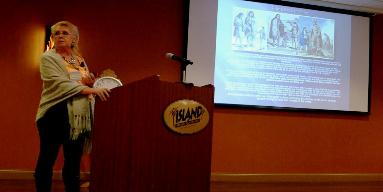
| Mary Sutherland lecturing in Michigan on the giants and ancient people of North America. Photo by Lee Pennington |
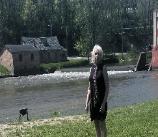
| Brought to you by Legends Magazine - In Search of Legend and Lore . Every Town Has it's own Story Another Sutherland Production Dedicated to James and Dorothy Coleman, Gays Mills Residents burlingtonnews.net/Legends.html |



| Contact Us Legends Magazine 248 Carver Street - Winslow Illinois 61089 bsutherland@wi.rr.com 608 214 6800 or 815 367 1006 HOME PAGE |
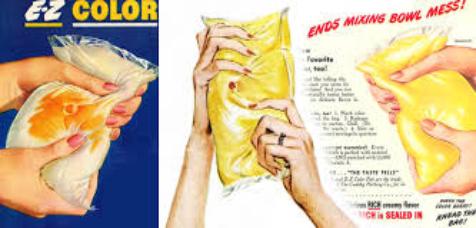
| SPEAKING ABOUT THE ‘GOOD OL’ DAYS’…' REMEMBER WHEN IT WAS AGAINST THE LAW!! Going through some of our Legends posts I came across a reminder of when it was against to sell Oleo Margarine in Wisconsin. The photo shows how oleo used to be sold... White oleo in a plastic bag, with a side package of food coloring. The purchaser could buy the oleo outside the state of Wisconsin, in Gays Mills case most was bought in Iowa, but you it was illegal to add the yellow coloring to the mix until you got home and it could not be sold as a dairy product. In 1909, A.E. Graham of Janesville was put on trial for selling oleo as butter. Oleo, an early form of margarine, was outlawed in the dairy state of Wisconsin in 1895. It was believed to be a threat to our state’s dairy industry. On January 27, 1910, Graham was found guilty in federal court and sentenced to 18 months in Fort Leavenworth Prison. In 1967, margarine was finally decriminalized. Source: Janesville Gazette "The Wisconsin Story" by author Dennis McCann. Society Press at (608) 264-6475. |
| Moon Shining and the CCC Camps Bill Matteson I know that there are stories about Moon Shining in the Kickapoo Valley and I am in search now for a more personal story, but here is a story one of my staff writers for Legends Magazine sent me that we can temporarily use... still there is a lot of info in here that would still apply to Gays Mills and the CCC Camps. I think the CCC Camp near Gays Mills was located in Soldiers Grove, possibly others along the Mississippi River. Following is our story from Professor Bill Osage City, Kansas CCC Camps and Moon Shining 1939 I was 3 years old when we came to Osage City from Kingman Kansas, work was nonexistent, my sister was just born and we were at the tail end of the Great depression. My Dad was lucky enough or smart enough to land a job with the Civilian Conservation Corp. they sent him to Cooks and Baker School and then made him a Sergeant and put him in charge of the Mess Hall. I think the pay was about $12 per month. At least we ate well. I never ever remember going hungry, I do remember at times having no shoes. The commander of the Camp was a drinker and so was my Dad. Kansas was a dry state and that left only one alternative for them…Make your own…and that they did. The commander soon found out that my Father had certain skills when it came to Whiskey Making and, being in charge of the Mess Hall, he had a place where he could buy supplies from and operate out of. I remember my Mom telling me in later years, that Dad made the best whiskey in the state of Kansas. My job was dumping sugar into a cooking pot. I remember 4 cups no more, no less. The whiskey was done when it turned a certain amber color. When he saw a certain hue, then it was ready and we would pour it into jars. I was only three years old and his cover when we delivered the whiskey. I went with him to all the “Blind Pigs” in the area. I'm 3 years old and know what a blind pig is! For those who don't, it simply was a tavern in disguise; from the highway, it could be seen as an old barn until you pulled around back and parked next to a lot of other cars. Dad delivered, collected the money, and then split the profits with the commander. My Dad smoked Wings cigarettes at the time and gave me the little cards that came with the pack. The cards had pictures of airplanes on them; I loved airplanes then and still do. I always had a great memory and my Dad would tell me the names of all the airplanes on the cards. I had a big collection… he smoked a lot. |
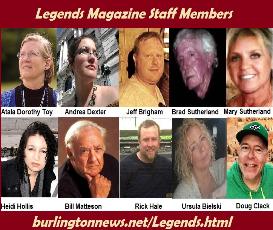
| Gingseng and Morel Mushroom Hunting was another source of income for the Kickapoogians |
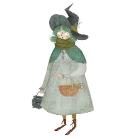
A Witches Brew
| Posted by Brigit Anna McNeill A Witches Brew We often hear the old tales, that witches used such things as eyes, toes and hearts in their potions. Compounding our fear of our ancient wise ones, our earth based healers. But what we have forgotten of our ancestors, is that these words actually related to plants. Eye was seed guts were roots tongue or teeth was petal or leaf. Semen or Blood was Sap. Fairy Eggs- Nutmeg Paw, Foot, Leg, Wing or Toe was Leaves Tail was stem Head was blossom And animal names were often given for a plant. rat - valerian cat-catnip dog - couch grass Toad- Sage Bat's Wing- Holly Leaves lions or bears foot - ladies mantle Frog- Cinquefoil Ass' Ear- Comfrey Eagle - wild garlic And there are many witch / folk names still in use today. It’s always good to look deeper into the information or the stories we are told. Especially when those tales are told by the ones who killed. Was the land really full of savages and monsters who would rip the toes off of creatures and make potions from body parts, or was it full of people connected to the land and the plants, knowing how to heal and help when partnered with the land. |
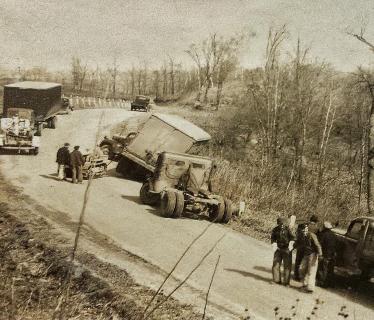
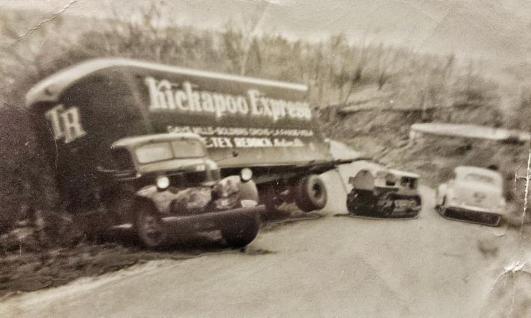
| Many semi-truck brakes went out going down the very steep hills from the orchard Hill Road, causing accidents such as the above. Shared from the Forgotten Wisconsin page. I see the truck as Tex Reddick’s name on it, he owned the factory in Gays Mills and move his business to Adams Wis. in 1950 |
